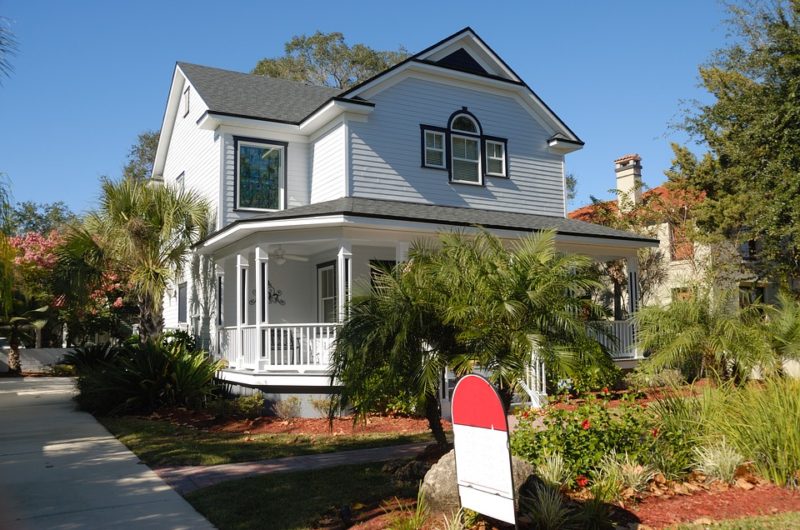When you plan to construct a patio at home, you must be aware of the materials that you can use for creating the patio of your dreams. There are five types of materials generally recommended for constructing patios but how good the patio looks depend on how well you use the materials by being innovative enough.

Your imagination and creativity in using the outdoor space can light it up and bear the marks of your style and taste that become your personal expression. The experts at Additions Patios Brisbane say that the location of the patio, your personal preference, the size of the outdoor space, your budget, and what materials are easily available determines the choice. Most importantly, you must check with the local building codes for requirements and restrictions before starting the project.
Concrete
Having a concrete floor for patio is one of the most popular and affordable options because of the versatility and adaptability of the material that is truly unmatched. Concrete has high adaptability to any surface as you can mould it in the way you want, and it is easy to maintain the finish. Concrete patio might look boring, but you can create a more natural look by using a stamped pattern made colourful by adding some colouring agent. To maintain the colour, you need to re-apply it after every two years. However, it can wear off quicker in high traffic areas and is the best choice for frost-free zones.
Flagstone or natural stone
To maintain complete natural looks of patios, there is nothing better than using natural stone or flagstone. Flagstone, limestone, bluestone, and slate are some of the options. But it will cost you much more than concrete because it is a natural product that often gets transported through long distances. Installation cost is also high because the process is labour intensive process that takes a long time to lay down. Since the thickness of material varies, it needs repeated adjustments before placing the stone finally.
Brick
Those who like the old-world charm might choose brick for patios, but its high maintenance cost can be a drawback. Brick is not suitable for freezing weather because it tends to crack due to moisture retention. In shady areas, brick floors encourage the growth of moss and make it slippery. It requires frequent scrubbing with a brush and bleach solution. The problem also happens in sunny areas though not as much as in shady areas.
Pavers
Pavers are unbeatable in variety as manufactured pavers are now available in numerous shapes, design, and textures. Pavers are now available in more natural colours and textures, and you can even find pavers that look like bricks, cut stone, and cobblestone. Pavers sit well against one another by using interlocking techniques that do not require grout or mortar.
Tile
Unglazed ceramic tile is suitable for use on patio floors with the decorative tiles forming the edges and accents. The smooth surface finish, even if not polished, can create a slippery surface when wet. Choose from a range of porcelain tiles, terracotta tiles, and quarry tiles.

